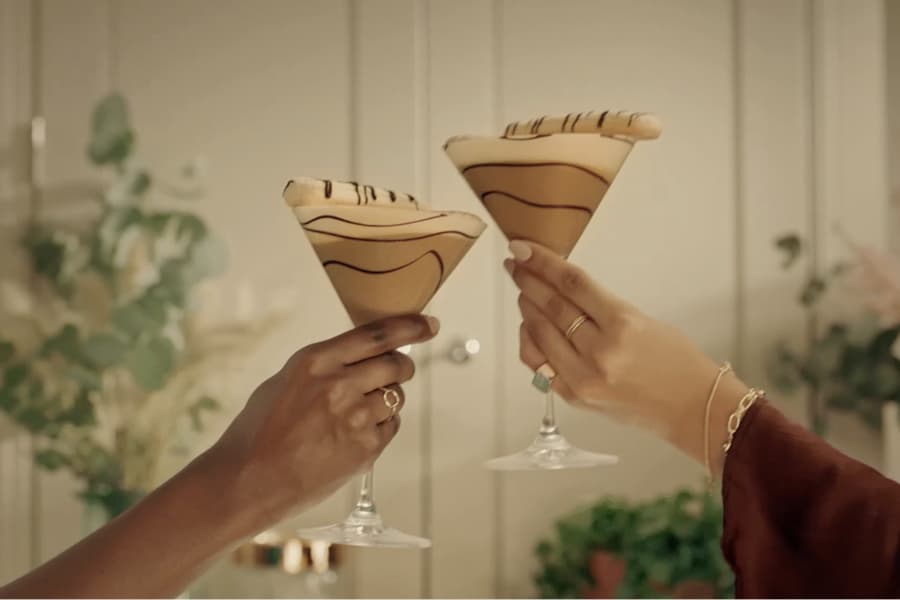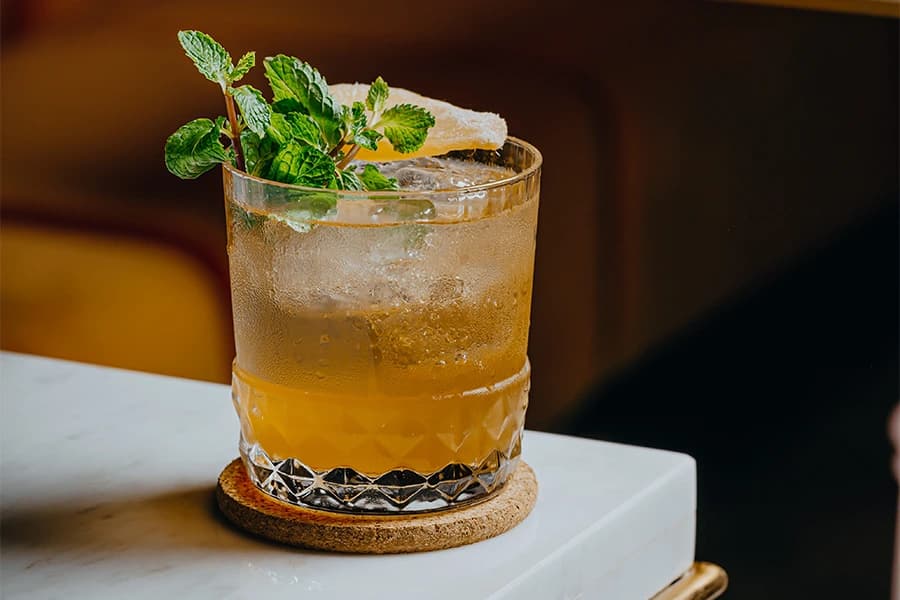Irish Coffee Cocktail
The Irish Coffee cocktail is a luscious concoction, cascading with rich flavours. Expertly mixing roasted flavours of freshly brewed coffee with a spirit-laced velvety, creamy finish, this beverage is surprisingly easy to make with few ingredients. An excellent dessert drink, it is suitable to serve at the end of a meal or as an elevated version of a hot mocha, complete with a refined yet approachable sweetness.
Ingredients
Serves1- Check off ingredients
- 150mL hot coffee
- 2tsp brown sugar
- 30mL Irish whisky
- 35for garnish lightly whipped heavy cream
Method
- Step 1
Preheat a heatproof Irish coffee mug with hot water and then discard. v
- Step 2
Add in brown sugar, then pour in the hot coffee and swirl until the sugar is completely dissolved before adding in the Irish whisky and stirring gently.
- Step 3
Swirl the lightly whipped heavy cream over the warm mixture, using the back of a spoon.
- Step 4
Serve immediately, leaving the cream to form a distinct layer for a flavourful sip.
Tips & Suggestions
Frequently Asked Questions
What pairs well with Irish whisky?
Which sugar is best with coffee?
What can you mix with Irish whisky?
You may also love these
Rate This Cocktail
If you love this recipe then tab a star to rate it.







